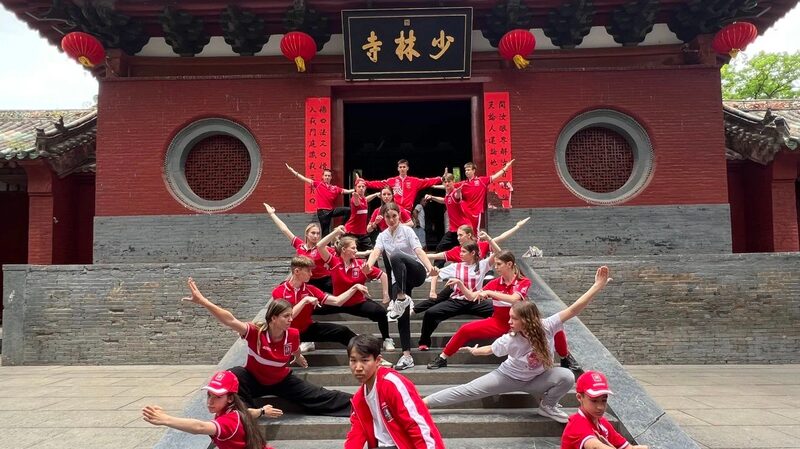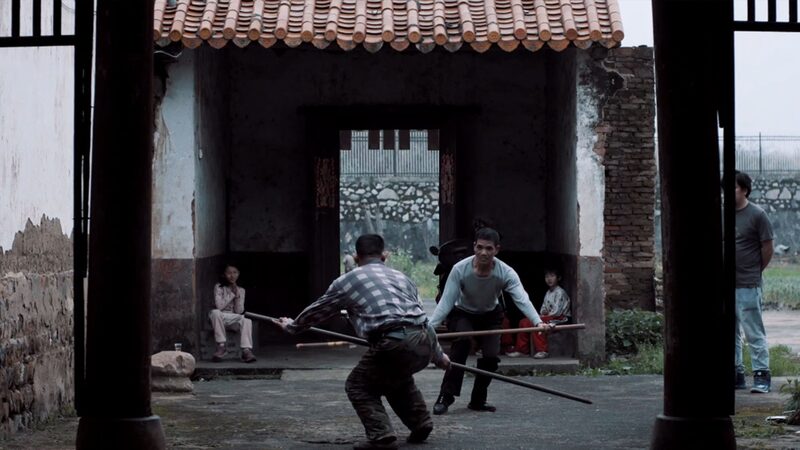Chinese martial arts, often referred to as Kung Fu, have a rich history that dates back to ancient times. Originally developed for military purposes, these combat techniques were essential on the battlefield. Warriors mastered the use of cold weapons such as spears, sabers, and bows to defend their territories and uphold their honor.
As times changed and the need for large-scale warfare diminished, these martial skills began to permeate civilian life. The techniques evolved from mere killing skills to sophisticated forms of self-defense and personal development. This transition marked the birth of martial arts as a discipline focused not only on physical prowess but also on the cultivation of character and inner strength.
Central to this evolution was the emphasis on unarmed combat, particularly the use of the fist, or “Quan” in Chinese. Many martial arts styles incorporated “Quan” into their names, highlighting the importance of hand-to-hand techniques. These styles blended practical fighting methods with philosophical teachings, creating a holistic approach to martial arts that balanced body and mind.
Today, Chinese martial arts are practiced worldwide, celebrated for their cultural significance and their contributions to physical fitness, mental discipline, and artistic expression. From the battlegrounds of ancient China to modern dojos and global competitions, Kung Fu continues to evolve while honoring its profound heritage.
Reference(s):
Kung Fu: The Hidden Art EP1: From Killing Skills to Martial Arts
cgtn.com








